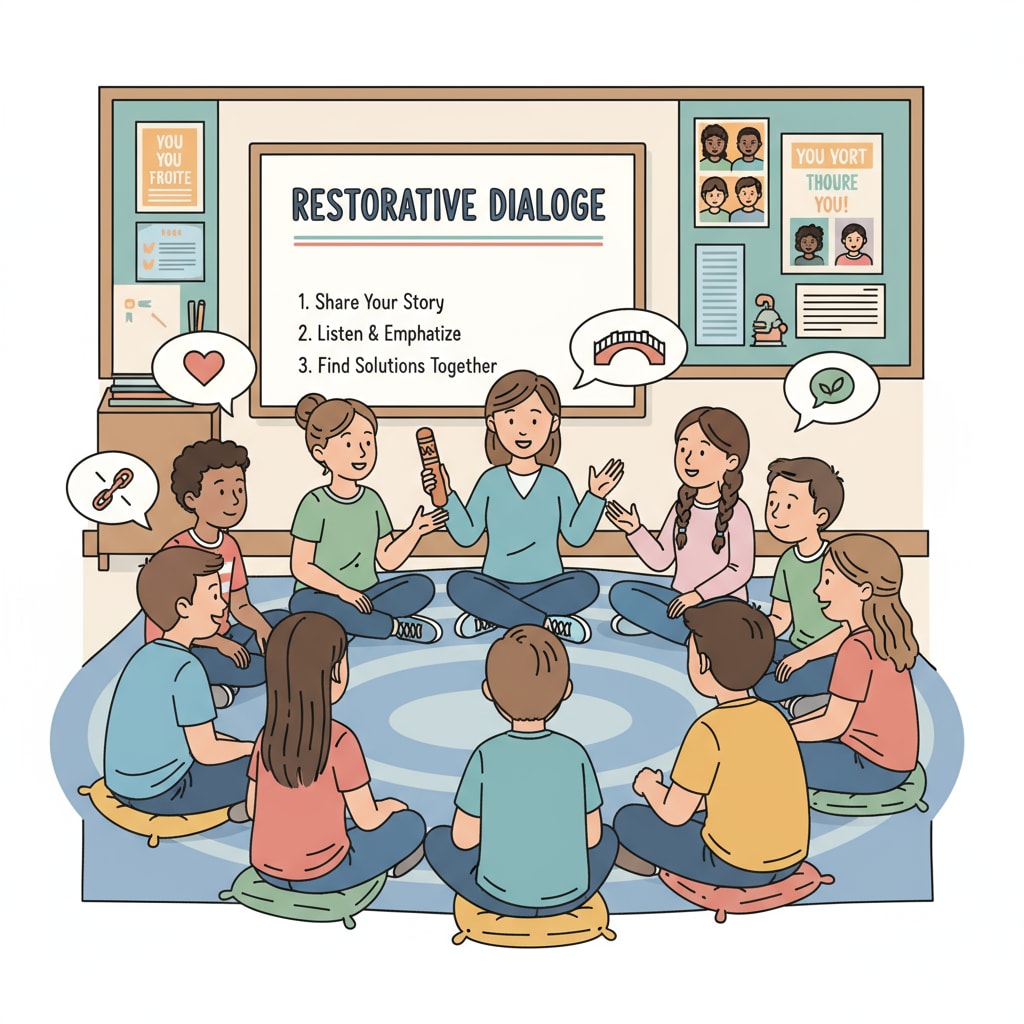School discipline, parental demands, and restorative discipline are complex elements that school administrators often grapple with. In many educational settings, a conflict emerges when parents expect strict punitive measures for student misbehavior, while schools aim to implement restorative discipline policies. These policies focus on repairing harm, building relationships, and promoting learning from mistakes rather than just punishment. Understanding how to balance these two perspectives is crucial for creating a harmonious and effective learning environment.
The Clash of Expectations
Parents often come from diverse backgrounds with different ideas about how discipline should be handled in schools. Some may believe that strict punishment, such as suspensions or expulsions, is the most effective way to teach students a lesson. They might worry that lenient approaches won’t prepare their children for the real world where consequences are severe. For example, a parent might be frustrated when their child’s bully receives a minor consequence like a detention instead of a more severe punishment. As a result, this can lead to tension between parents and school administrators.

The Essence of Restorative Discipline
Restorative discipline is an approach that seeks to involve all parties affected by a conflict or misbehavior. It encourages dialogue, understanding, and taking responsibility. According to Restorative justice on Wikipedia, restorative practices aim to repair the harm done, restore relationships, and prevent future conflicts. In a school context, this could mean having the student who misbehaved sit down with the victim and discuss the impact of their actions. This process helps students develop empathy and learn how to make amends. However, parents may be skeptical about its effectiveness.

To bridge this gap, school administrators need to communicate effectively with parents. They should start by educating parents about the principles and benefits of restorative discipline. This could be done through parent-teacher meetings, workshops, or informational brochures. By sharing success stories and research findings, administrators can help parents see the long-term positive effects of this approach. Additionally, involving parents in the restorative process can also increase their trust and support. For instance, inviting parents to participate in mediation sessions or restorative circles can give them a firsthand experience of how it works.
Readability guidance: The key is to break down complex ideas into simple paragraphs. Use transition words like ‘however’ and ‘additionally’ to connect thoughts. Provide real-life examples to illustrate points. And make sure to keep the language accessible for a wide range of readers.


